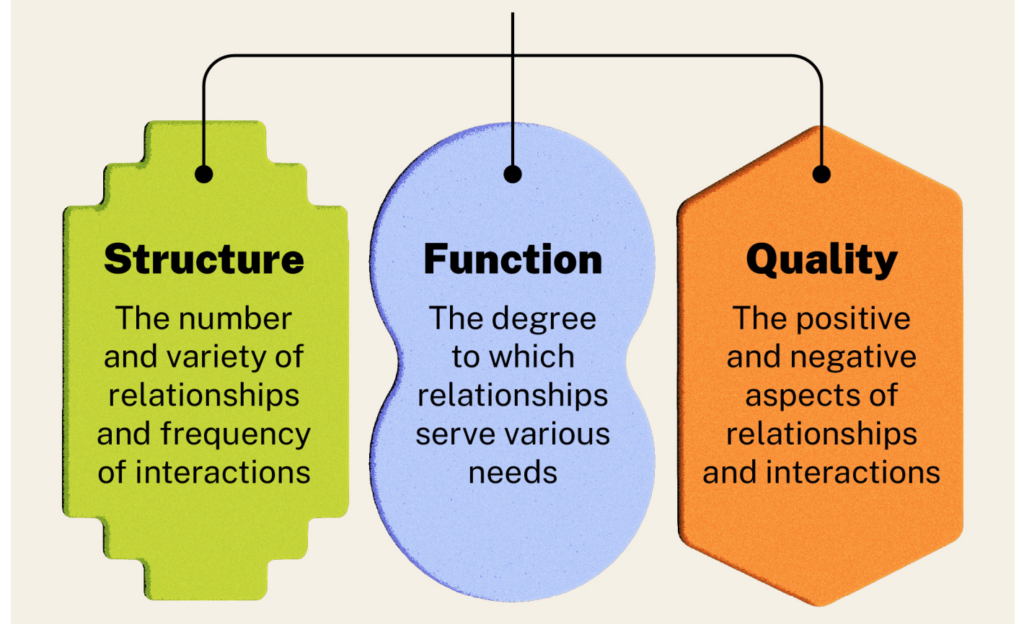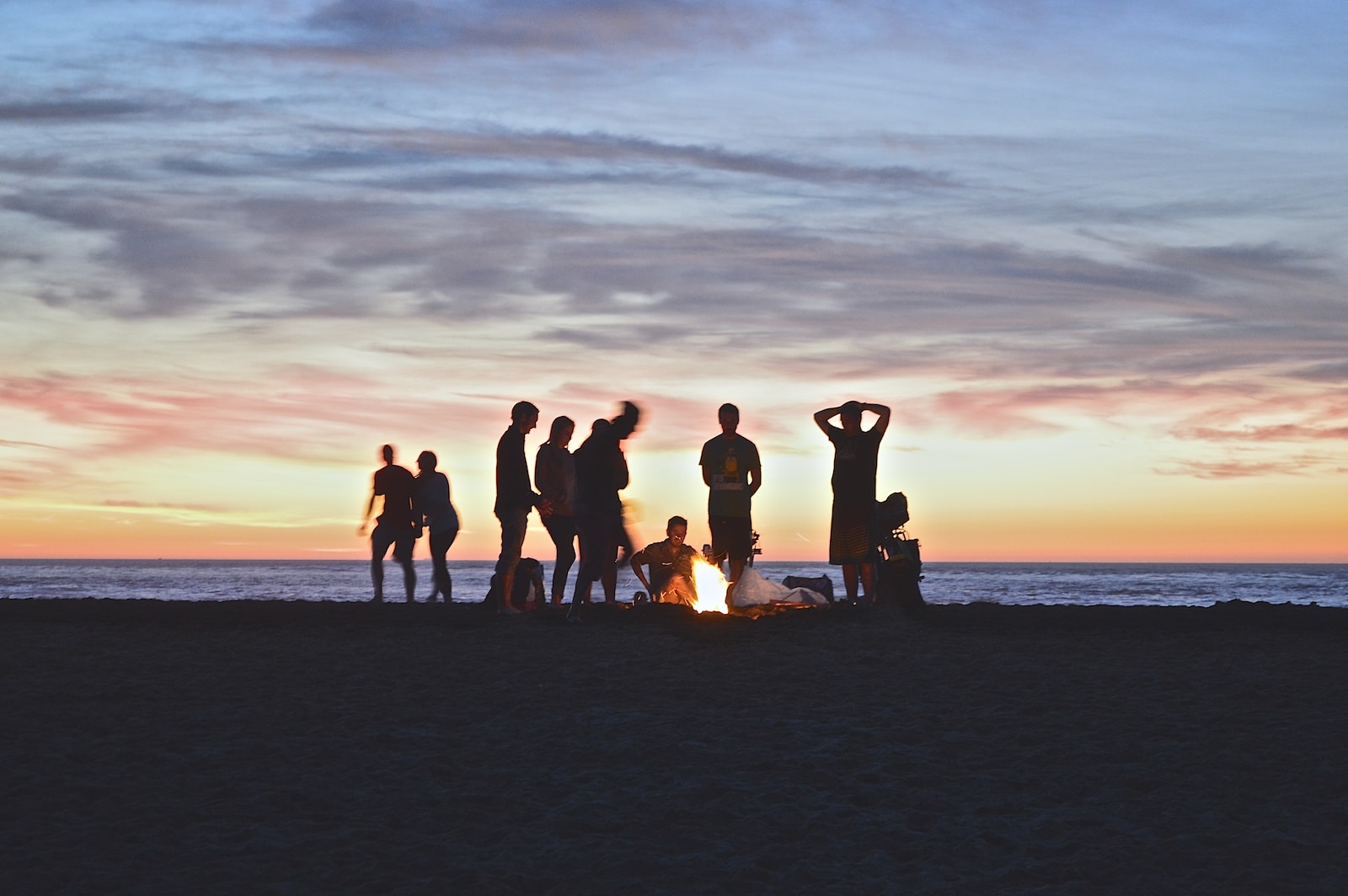Community and Social Connection
Merriam Webster defines community as, “a body of persons of common and especially professional interests scattered through a larger society.”
Throughout my career it’s been hard for me to find my community. In speaking with my peers this has been especially true for those of us who worked at young startups. Typically we’d find ourselves as the lone practitioner wearing many hats and trying to keep the boat afloat while new friends are constantly added to it. We’re a part of the culture of our company but it could be hard to find the things that a typical community provides since noone else did a role similar to ours.
Communities are meant to provide a number of essential things: a sense of belonging, mutual support, the ability to have greater influence as a unit, and they allow members to explore things they wouldn’t be able to otherwise by combining resources. When we operate for a long period of time – under resourced and roughing it through potential work burnout – it can be natural to start to think that this is normal. It’s not. Over any window of time the goal should be to improve conditions, not keep them the same. We shouldn’t have to go it alone. Being the hero can seem romantic, but we should remember that most heroes journeys end in tragedy. Through community we can create a better path not just for ourselves, but for those who follow us as well.
As we fine a sense of belonging within a community, we concurrently foster valuable social connections. This is vitally important for anyone who wants to build a worthwhile career but also to build a life with purpose. As the U.S. Surgeon General advised recently, we have a massive issue with loneliness and isolation in the United States. We are spending more time alone than ever and as professionals who work so hard to support others we can often become siloed within our companies and not branch outwards. It’s important to note that there are many factors that shape social connection including individual, relationships, community, and societal factors.

Social connections are made up of three vital components. These are pictured below but they are structure, function, and quality. As noted in the surgeon generals report, beyond these 3 components it’s important to understand that social connection is a continuum and not all or nothing. It’s also extremely dynamic and many factors have an affect on our current feeling of connection at any given time. Lastly, the report noted that even though someone might seem to have a decent amount of interaction with people doesn’t mean that they have the deep social connectedness and relationships that are necessary to avoid issues related to loneliness.

What Can We do?
So what can we do to build a sense of connection and avoid these issues? Well thankfully there are a number of things that the surgeon general outlines that are actually well within the wheel house of workplace folks.
Design the Built Environment To Promote Social Connection: Anyone who is a fan of the concept of third places as outlined by Ray Oldenburg will immediately know how to take action on this recommendation. We have to create places that welcome people to spend more than a few minutes, where everyone is welcome, and you can build deeper connection. We need to invest in local institutions that bring people together.
Deepen Our Knowledge: We need to increase awareness of this issue. Sometimes knowing is half the battle (thanks GI Joe). Just deepening our understanding can make a big difference in how we view the need to connect with others.
Reform Digital Environments: They recommend establishing safety standards and supporting the development of pro-connection technologies. This has been deeply on our mind with our own community.
Build a Culture of Connection: We can do this by cultivating commitment to one another and expanding our conversations on social connection beyond home to our workplaces and greater communities. You’d be surprised what a simple conversation can do.

Community and Workplace
The journey I’ve been on most of my career has me to believe that many of the issues we face in modern workplace could be more easily solved if there were better coordination and community across the different disciplines of workplace. We tend to stay in our siloed groups of FM, HR, CRE, IT or other spaces. However, since the field we work in is truly cross functional we need to bridge connections and start to build those connections cross functionally, not just within our own groups. My co-founder Kayla and I both believe deeply that by building this connection across the industry’s specialities and even those who are building the technology we all rely on – we can go farther.
This is why we’ve launched our Collective Connect community which will bridge across the workplace industry to build better connection and enable workplace professionals to move forward. We don’t need to go it alone. We don’t need to build by ourselves and emerge from our cave shouting eureka! We think there might be a different way, and we hope you’ll join us on this journey.
Together we will go farther.
Learn more about our Author: Omar Ramirez is the Co-Founder of Collective, but you probably already know that. Before creating Collective, Omar developed workplace, design, and facilities programs at top companies such as Atlassian, Netflix, Dropbox, Stripe, and Google. He is also a husband, and a father of two awesome boys. To read more about him, check out his feature in the Bookmarks newsletter.
*Disclaimer: This post was not generated by A.I. It is indeed written by a real life human. A pretty cool human in fact.

